Education
ESA Sending Heroic, Fictional Sheep Aboard Artemis I

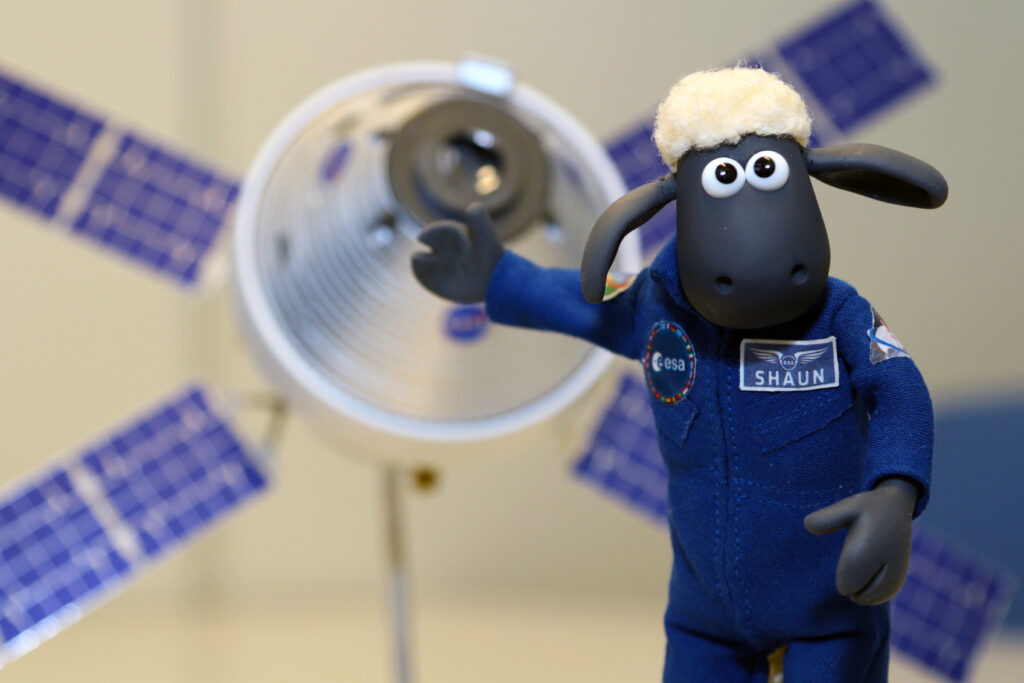
NASA says its Artemis I flight set to launch as soon as late August will be an uncrewed lunar fly-by. The Paris-based European Space Agency would beg to differ. Shaun is leaving the happy confines of Mossy Bottom Farm to lead the flight around the Moon, an agency press release announced.
JSEP Program Inspires High School Students to Find Their Place in Space


Just as the space industry is thriving and creating a bevy of new jobs, falling STEM (science, technology, engineering, and mathematics) proficiencies and dwindling STEM-career interest among U.S. students threaten to exclude today’s young people from realizing opportunities in today’s space ecosystem . . .
2019 TSRQ4 – Insight: Space Jobs of the Future


The late Dr. Clarke, popularly known for authoring the cinematic space classic, “2001: A Space Odyssey,” was known for his technical prowess (he conceived the geostationary satellite) but also for his compelling optimistic vision for space development. . .
2019 TSRQ3 – Education Insight: 21st Century Essential Skills


With the speed of technology advancing like never before, STEM careers of the future don’t yet exist. For those educating the workforce of the future, this means that the skills needed for those yet-to-be-imagined careers are somewhat predictive. . .
2019 TSRQ3 – Workforce: Emerging Jobs

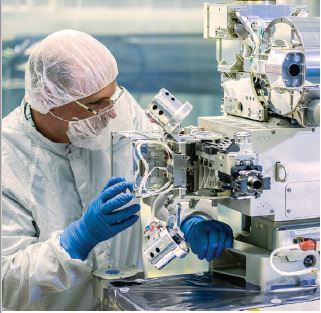
The increasingly technical nature of society drives a greater need for STEM skills to support it, and dramatic growth in the number of STEM jobs reflects this trend. However, some reports suggest that STEM graduates—those degreed in science, technology, engineering, or mathematics—are not meeting this need. . .
2019 TSRQ3 – Education STEM Proficiency
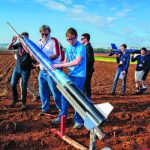
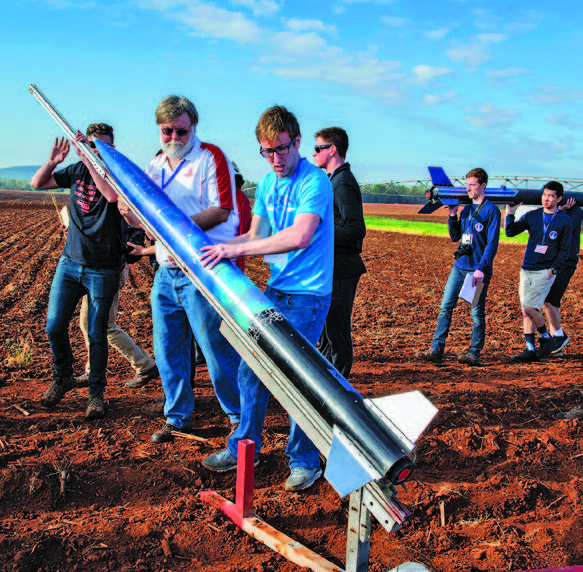
The science, technology, engineering, and mathematics (STEM) workforce is at the core of the space industry—from the mathematicians and astronomers who analyze space to the engineers who design and build the launch vehicles that get us there. This workforce is enabled . . .
Education
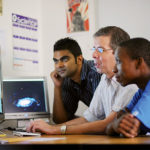
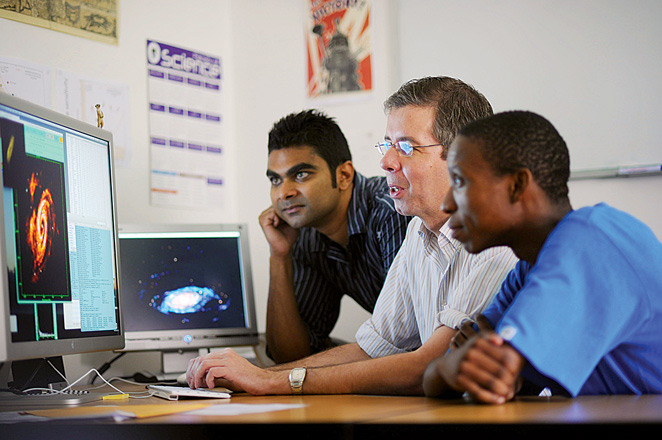
In addition to adeptly managing the existing workforce, the health of the industry relies on a steady supply of highly educated individuals, particularly those earning university degrees in science, technology, engineering, and mathematics (STEM) fields.
Top-level trends
The continued health of the space workforce depends on a steady stream of individuals with the education necessary to pursue these jobs. For most space occupations, this means a degree in a science, technology, engineering, and mathematics (STEM) field. In order to pursue these degree programs successfully, students must have adequate training and engagement during their primary and secondary education years.
2014 – Top-level Trends
In education, the most recent National Assessment of Educational Progress exams show that U.S. fourth- and eighth-grade students are showing improvement in mathematics, though less than half achieve at or above the level deemed proficient. According to the most recent international examinations, the United States remains in the middle of the pack among major space nations with regard to mathematics performance, with Japan and South Korea leading